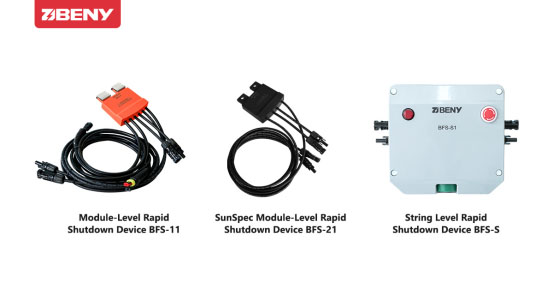Distributed PV power station DC arc and fire “safety” hazard – application scenario risk analysis
Fire Safety Hazard
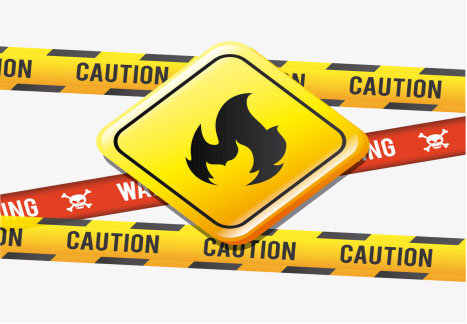
In recent years, PV power station fire accidents have occurred frequently, which not only lose the power station property and power generation income, but also cause building damage and personal injury, and even spreads to the surrounding environment, resulting in a series of secondary disasters.
DC arc is the most common fault phenomenon in PV power station. Arcs will occur due to contact dropout, device aging, insulation rupture, and poor grounding. Moreover, the harm of DC arc is far greater than that of AC arc, because there is no zero-crossing point in DC arc, once it occurs, it will continue to burn, it is difficult to extinguish, and it is very easy to cause fire accidents. According to statistics, more than half of the fire accidents in PV power stations are caused by DC arcs. As the specifications of PV modules become larger, the power and current of the DC side system increase. According to Joule's law Q=I²Rt, the current doubles, and the thermal effect of the short-circuit point increases 4 times, the risk of causing a fire is also greatly increased.
DC arc classification
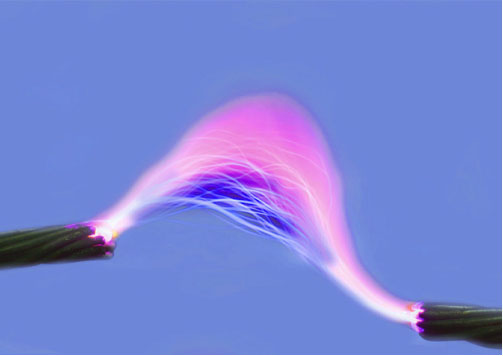
Unlike traditional electrical products, there is no integral enclosure for PV modules and their wiring to contain arcs and sparks caused by component and wiring faults, whereas many PV installations are capable of operating at the typical DC voltages that sustain DC arcs.
There are three main categories of arcs in PV installations:
--- Series arcs may be caused by incorrect wiring or broken series wiring
--- Parallel arcs may be caused by partial short circuits between adjacent lines of different potentials
--- Groundarcs due to insulation fault
Series Arc
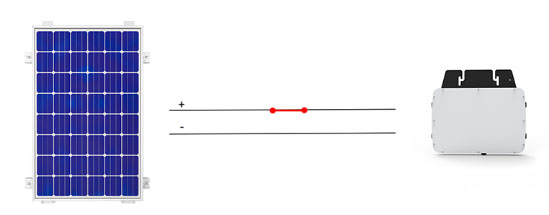
Series arc, also known as drawn arc. Series arcs are usually caused by poor contact of cable plugs between components, and poor connection between string cables and combiner boxes or inverters. Due to the large number of series plugs in the PV power station, there are 2000 pairs of plugs in a 1MW rooftop PV power station. It is difficult to ensure that all the plugs are of good quality with so many pairs of plugs. These hazards lead to poor contact and the formation of DC arcs.
At present, a few inverters integrate the arcing protection function, but there are two major problems with this protection: First, if there is an arcing fault in one string, the entire inverter will be shut down, causing great damage. Loss of power generation; second, without the arc fault location function, the operation and maintenance personnel cannot find the location of the arc in time and accurately, which is essentially no solution. The only technical reset protection they can do is to keep the inverter running. From this point of view, the arc-drawing protection function integrated in the inverter cannot really effectively solve the arc-drawing fault problem.
Parallel Arc
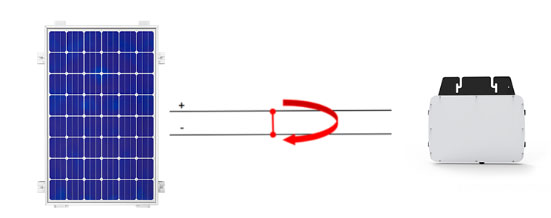
Parallel arcs are mainly caused by short-circuiting of positive and negative conductors caused by line damage, or short-circuiting between string cables. When the string cables are mechanically squeezed or worn, arcing will occur between the positive and negative electrodes, or between different strings, which is a parallel arc fault. There is another situation that can also lead to parallel arcs. When the series arcs in the system are not dealt with in time, the heat of the series arcs burns out the insulation of the cables, and generate parallel arcs.
When a parallel arc occurs between the main conductors of the component square array, since the arc can get enough energy, it is more difficult to extinguish, which will cause a major fire accident. The series fault arc can be extinguished by disconnecting the DC bus or the corresponding string of the PV system, but the parallel fault arc cannot be extinguished, and may even cause a larger current to pass through the arc path, making the arc more intense.
At present, the arc protection function integrated in the inverter cannot detect parallel arcs and ground arcs, but the destructive power of parallel arcs is often 10 times that of series arcs, and the safety hazard is even greater.
GroundArc
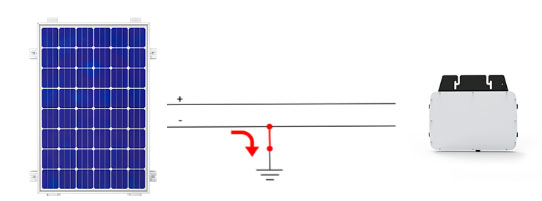
The aging and damage of components or mechanical damage lead to ground discharge. If the components are laid flat on the color steel tile roof, there will be ground arcs or leakage. This kind of fault is not easy to find out, especially in rainy days. At present, the solution is to shut down the inverter and wait for the ground to dry before starting it up. This method cannot effectively eliminate hazards and increase the risk of personal electric shock.
DC high voltage
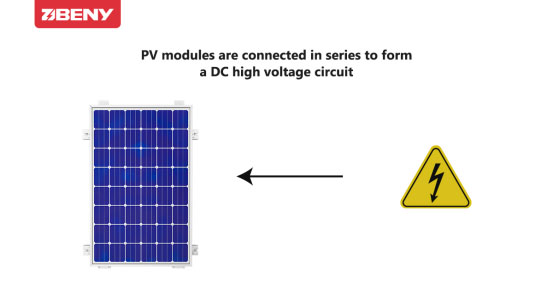
In a PV power station, PV modules are connected in series to form a DC high voltage circuit, which generally reaches about 1000V. Even when the system is shut down, there is still a DC high voltage of about 1000 volts in the PV module matrix. Especially for rooftop PV power stations, when a fire occurs in PV power stations and buildings, it is difficult to rescue safely; during routine power station operation and maintenance or property maintenance, operators and inspectors are also at risk of electric shock.
Scenario Risk Analysis
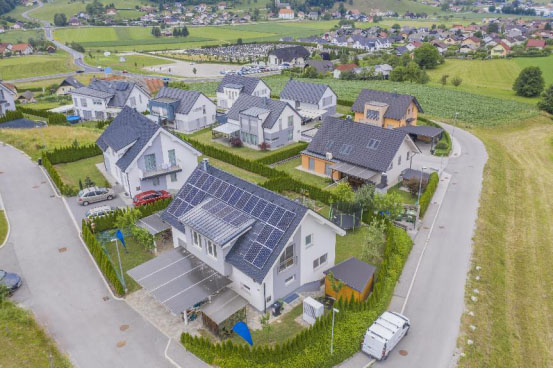
Government, School, Hospital, Residential rooftop
1. Regional control. It’s impossible to use drones to scan components for abnormality, and can’t find hazard in time;
2. The population is dense. The component square array has leakage, high risk of electric shock to personnel;
3. Rescue is limited. In case of emergency such as fire, the high voltage of the string cannot be turned off, hindering rescue;
4. The influence of public opinion. If an accident occurs, the public opinion will have a greater impact
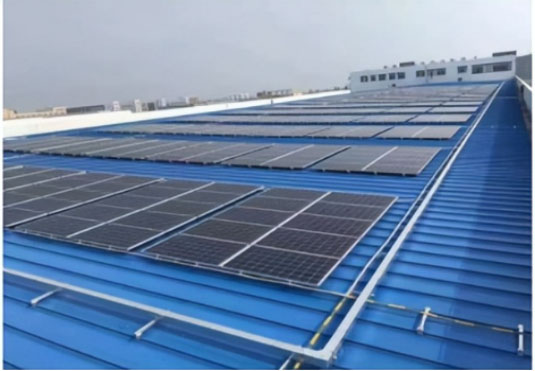
Various color steel tile roof
1. It is difficult to inspect. The color steel tile roof is inconvenient to inspect, and the hazard of arc safety cannot be discovered in time;
2. Rescue is limited. In case of emergency such as fire, the high voltage of the string cannot be turned off, hindering rescue;
3. The roof is fragile. And the DC arc spark is easy to burn through the color steel tile and enter the lower space, causing fire and property damage
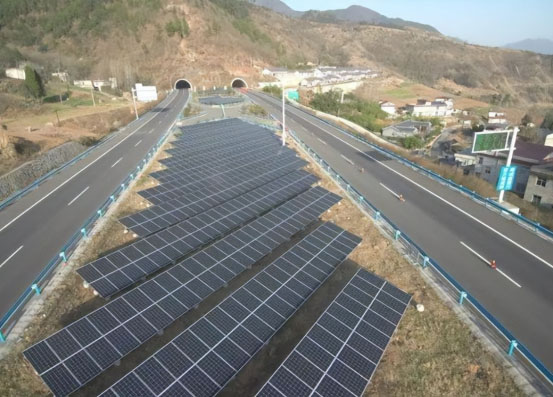
Highways, rivers and other areas
1. Environmental risks. Sporadic arc sparks from cigarette butts and components can easily cause weeds to burn below;
2. Difficult to inspect. The long and narrow area is inconvenient for inspection, the operation and maintenance is difficult, and hazards cannot be found in time;
3. Difficult to rescue. Far away from the urban area, such as fire and other accidents, it is difficult to rescue;
4. Secondary accident. When the vehicle or other accident damages the components, the high voltage of the string cannot be turned off in time, which is likely to cause a serious secondary accident.
National laws and regulations
USA:
According to the latest edition of the National Electrical Code NEC2020 document:
Take the distance to the PV matrix 305mm as the limit, outside the limit, within 30S after the trigger device is started, the voltage drops below 30V; Within the boundary, it is required to have a "PV danger control system", or reduce the voltage to below 80V within 30S after the triggering device is started.
Canada:
According to the Canadian Electrical Code 2021 Edition:
When the DC side voltage of the PV system is greater than 80V, an arc fault interrupting device or other equivalent equipment should be installed.
When the PV system is installed in or on the building, a rapid shutdown device should be installed. 1 meter away from the PV module, after the rapid shutdown device is started, it is required to reduce the voltage to below 30V within 30S.
Germany:
According to the German Standard VDE-AR-E 2100-712:
In the PV system, if the inverter is turned off or the grid fails, the DC voltage needs to be less than 120V. The use of a shutdown device is mentioned to bring the DC side voltage below 120V.
Australia:
According to the section 4.3.3 of the latest AS/NZS 5033:2021 standard:
When the DC voltage is greater than 120Vd.c, a disconnecting device needs to be installed between the module and the inverter.
Thailand:
According to the section 4.3.13 of Thai Electrical Code-Solar Rooftop Power Supply Installations 2022:
It is required that the rooftop PV power station must be equipped with a rapid shutdown device, and the limit is 300mm from the PV matrix. The voltage within the limit range is reduced to below 80V within 30 seconds after the device is started, and the voltage outside the limit range is reduced to below 30V.
BENY self-R&D products
For solar rooftop and building fire safety, BENY string level and module level rapid shutdown devices control the panels’voltage down to a certain safe level at microsecond. Prevent accidents and improve the safety of solar power system. BENY rapid shutdown solutions are designed according to CE, TUV, UL standard, Compliant with national laws and regulations such as Thai Electrical Code, NEC2020. As a member of Sunspec alliance, BENY develop PLC communication RSDs for wider compliance with multiple string inverters. Check out the products now.
Epilogue
The construction of PV power stations is in full progress, and it has closely connected with thousands of households. How to ensure the "safety" of PV power stations is attracting great attention from the whole industry. To effectively solve this problem, the entire industry needs to work together to come up with innovative solutions, and constantly improve relevant standards and regulations, then truly implement relevant requirements in subsequent power station construction.
As an important energy infrastructure, the safe, stable and efficient operation of PV power stations is an important guarantee for economic development.

